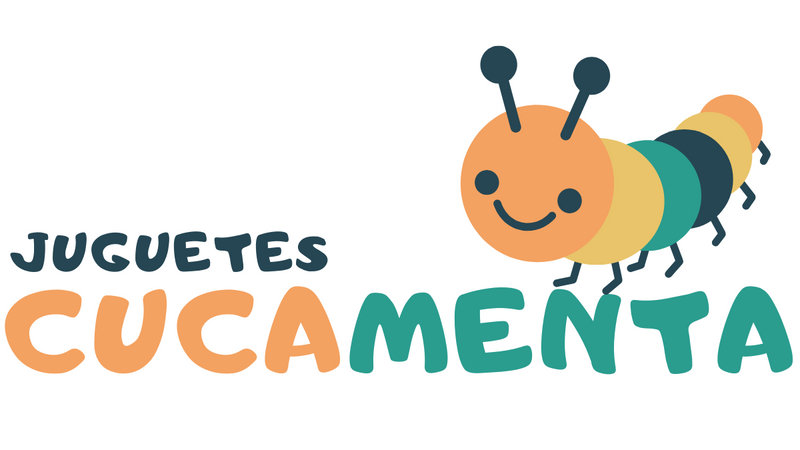As a child you may have thought of numbers as something boring or far from reality, but the truth is that there are many exciting ways for children to learn mathematics and immerse themselves in the exciting world of calculation.
It is not in vain that geniuses like Einstein defined pure mathematics as “the poetry of logical ideas,” while Isocrates described it as “the gymnastics of the spirit and a preparation for philosophy.”
From the Todomateria website they explain that mathematics “is the science of structure, order and repetitive patterns that is based on counting, measuring and describing shapes.” Study magnitudes, quantities and their changes in time and space. They quote the popularizer and mathematician Clara Grima, who pointed out that “mathematics is the language that describes our world, a way of reasoning with logic and elegance. They are the way to understand our universe.”
Mathematics delves into numbers, geometric structures and shapes, games, riddles and riddles, or repetitive patterns. Children should know that everything around them is related to mathematics: car traffic, shooting a ball, counting bills at the fruit store, launching a rocket, Internet algorithms or bee hives.
Learning this discipline is essential for the intellectual development of children: it helps them to have critical and logical thinking, to reason in an orderly manner, to work on problem solving or to acquire the capacity for abstraction. They also have a great relationship with symbolism, music or scientific discovery. And how can children learn mathematics in a fun way? Here are some ways.
5 ways to learn math by playing

- Fun YouTube channels: The video platform is a mecca for finding educational and exciting content that helps them learn mathematics through play. Channels such as Happy Learning School, Smile and Learn, Numberblocks or Learn with Eddie allow children to learn to add and subtract with food or dinosaurs, or understand fractions with pieces of pizza.
- Long live the blocks! : Logical and geometric color blocks allow children to explore symmetry, study areas and numerical concepts, develop logic, complete creative construction activities or introduce the notion of fraction . They are a truly versatile material.
- Challenges, riddles and games to degrease the mind: Just as they like riddles, fables or word searches, children feel a powerful natural inclination to solve riddles, games and challenges , in which logic, the rules of three, numerical calculation or riddles. You can find them on websites as complete as Fun Mathematics . They can also solve problems that they themselves have created.
- Lifetime toys: from tangram to abacus. Sometimes, simplicity is the best. Especially for doing some simple arithmetic operations, the abacus is a wooden artifact with parallel bars that helps them with sensory stimulation and learning to count. Tangram, for its part, stimulates creativity, helps them deepen their understanding of geometry and gain spatial vision.
- Outdoor Mathematics: The Learning Outdoors blog details some tips for teaching math outdoors . You can create lines between trees with ropes or ropes, make a parachute-style tent for educational activities, boxes with money to learn to count and calculate budgets, numerical areas with chalk or elements to make a giant clock. You can also look for circles in nature, organize a contest with scales and containers to create recipes with natural objects, or use squares and protractors to find right angles outdoors.
The best toys for children to learn mathematics

- Jeff the Cabin Boy and Renata the Pirate are ideal for learning mathematical operations and problem solving (from 7 years old), at different levels of difficulty using addition, subtraction, multiplication and division. These educational games will allow them to sail on an old galleon, Solve puzzles and advance towards the treasure island or to get some juicy loot.
- Playing with weights : This fun balance game requires patience and concentration. Through 16 blocks of different sizes and colors, this magnetic scale will allow the child to compare the weight of the elements while having a great time. Thus, they will be able to know the mathematical properties of objects. It is recommended from 3 or 4 years old.
- Starshine magnetic pieces : A fun and ideal way to learn geometric shapes using translucent and brightly colored magnetic pieces, as if it were a stained glass window. A sensory and artistic game that also helps them explore creative experimentation, fine motor skills or concentration.


0 comments